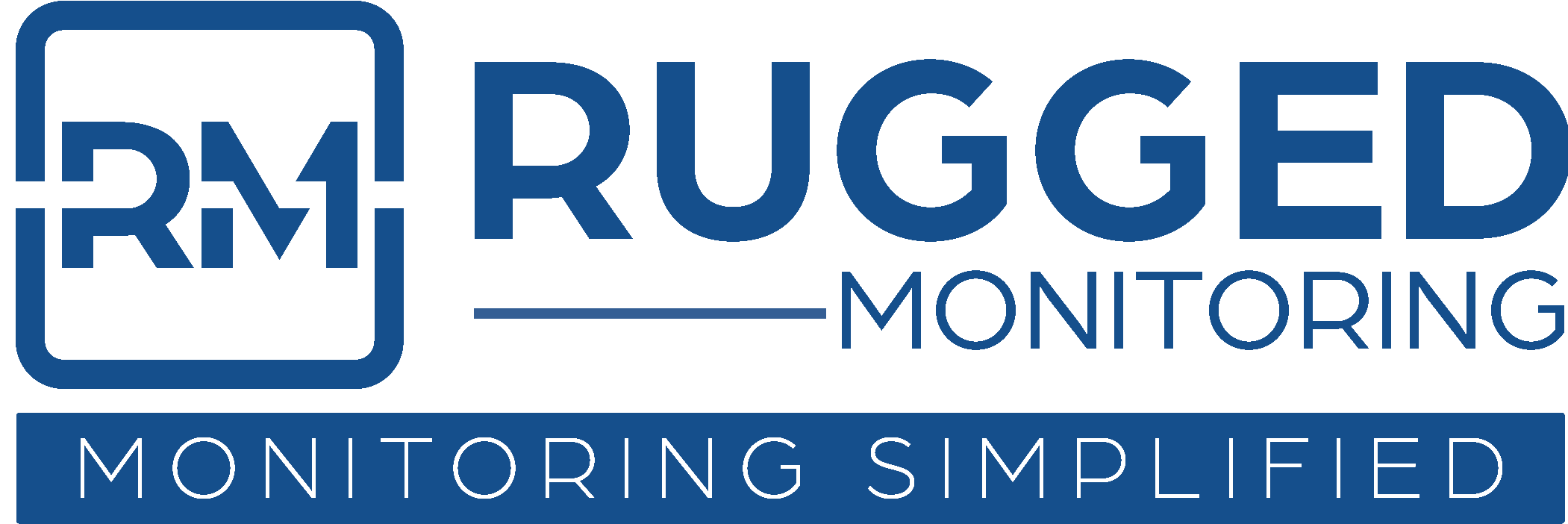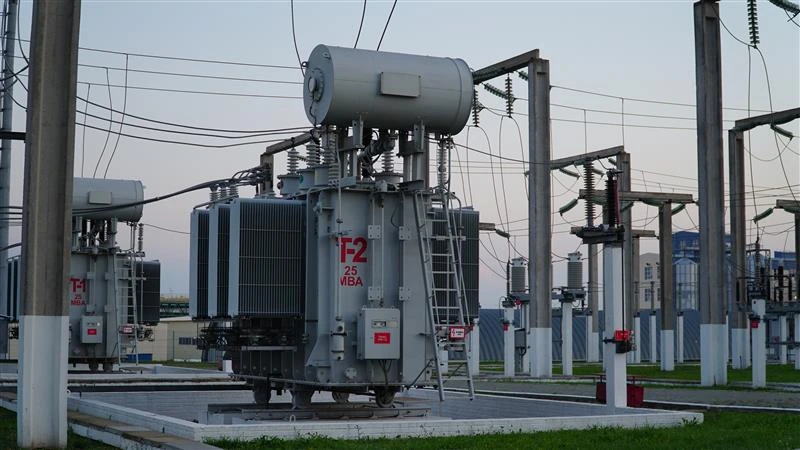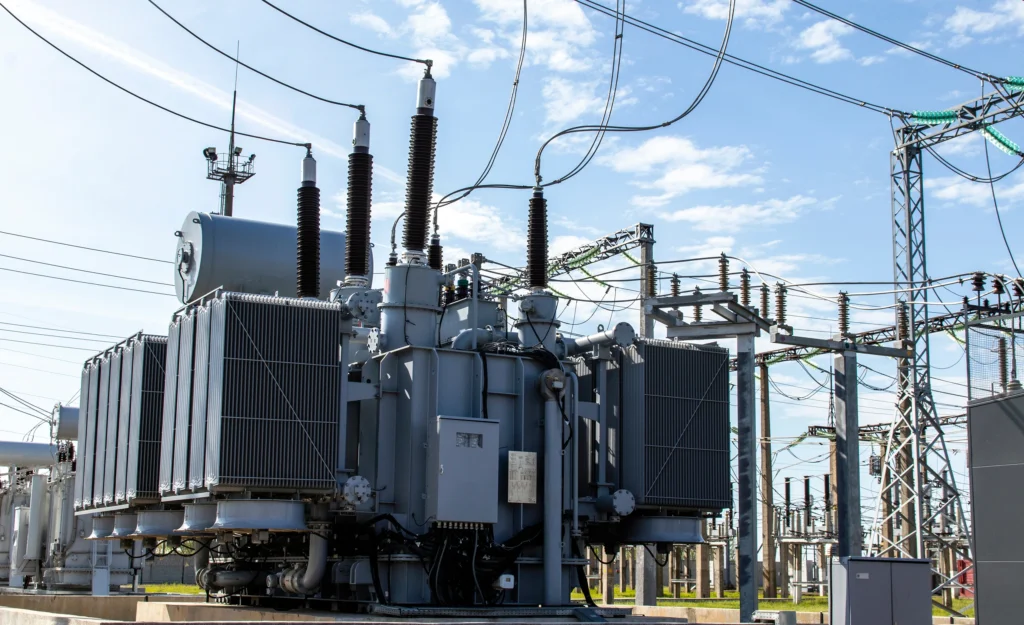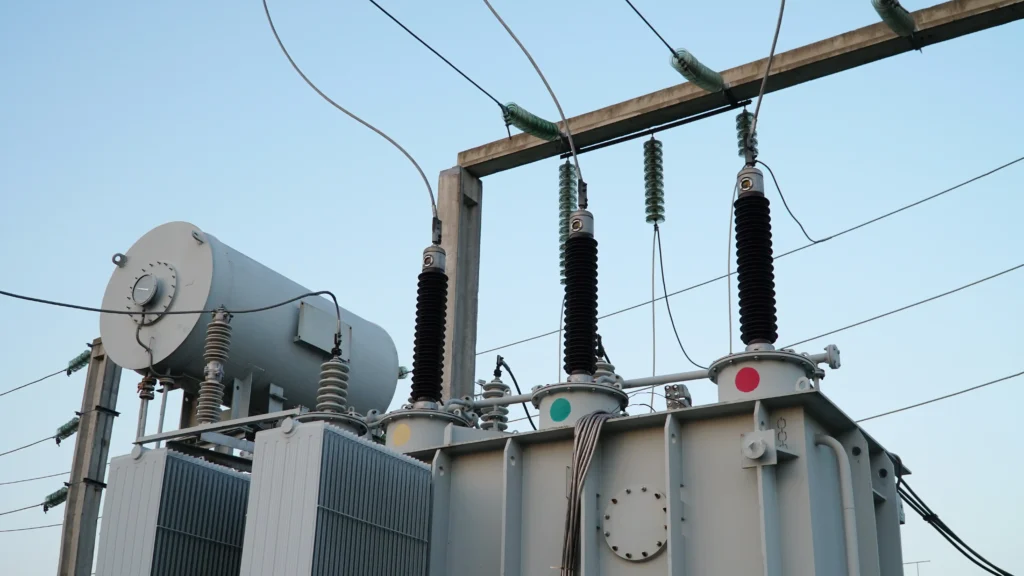Introduction
The modern power grid, with its expansive reach and intricate connections, relies heavily on the health and efficiency of high voltage transformers. These transformers, pivotal in the transmission and distribution of electricity, demand precise monitoring to ensure their longevity and to maintain grid stability. With the advent of advanced electrical asset monitoring software, businesses are now equipped with robust tools that not only detect potential issues but also predict them, ensuring uninterrupted power supply and safeguarding the integrity of our power grids.
Challenges in Monitoring High Voltage Transformers
Despite their undeniable importance, high voltage transformers come with a unique set of challenges. From their sheer size and complexity to the safety concerns surrounding their high voltage operations, traditional monitoring methods often fall short. Manual inspections, although crucial, are time-consuming and can’t capture real-time data or predict potential failures. Moreover, the remote locations of many transformers can further complicate timely inspections and interventions.
High voltage transformers (HVTs) are the backbone of electrical power grids, serving as critical junctures in the transmission and distribution of electricity. Given their pivotal role, the efficient and accurate monitoring of these transformers becomes paramount. However, monitoring these colossal pieces of equipment is not without its set of challenges:
- Complexity and Size: The sheer size and intricate design of high voltage transformers make them difficult to monitor using traditional methods. Their multi-component structure demands a nuanced approach to ensure that each part is functioning optimally.
- Safety Concerns: Due to the high voltages involved, monitoring HVTs can pose significant safety risks. Direct inspections, while necessary, expose engineers to potential hazards, especially if not conducted with utmost precaution.
- Remote Locations: Many HVTs are strategically located in remote areas to serve expansive regions. This remoteness can impede regular and timely inspections, making real-time monitoring more challenging.
- Aging Infrastructure: Many power grids worldwide rely on aging infrastructure. These older transformers might not be compatible with modern monitoring technologies without significant modifications.
- Lack of Real-time Data: Traditional monitoring methods, such as manual inspections, cannot provide real-time data. This delay can sometimes mean that potential issues are only identified after they’ve escalated.
- Cost Implications: Integrating advanced monitoring systems into existing infrastructure can be capital-intensive. Companies might hesitate to make such investments, especially if their current systems, albeit outdated, are still operational.
Despite these challenges, the importance of efficient HVT monitoring cannot be overstated. Failures can lead to massive outages, significant repair costs, and even safety concerns. The silver lining is the emergence of advanced electrical asset monitoring software, tailored for high voltage transformer monitoring. These software solutions, leveraging cutting-edge technology, address many of the aforementioned challenges, offering real-time insights, predictive analytics, and ensuring that our power grids remain functional and robust.
In conclusion, while challenges in monitoring high voltage transformers are manifold, advancements in technology and software solutions provide a beacon of hope, promising not just to address these challenges but to redefine how we approach transformer monitoring altogether.
Advancements in Transformer Monitoring Technology
Technology has significantly evolved to address the monitoring challenges of high voltage transformers. Modern electrical asset monitoring software now offers real-time data collection, advanced analytics, and predictive maintenance capabilities. Sensors, IoT devices, and cloud integration have further enhanced data accuracy and accessibility, enabling timely interventions and reducing downtimes.
The role of high voltage transformers in ensuring the seamless operation of power grids is undeniable. Given their significance, it’s crucial to monitor these transformers meticulously. Fortunately, the last few decades have witnessed exponential advancements in transformer monitoring technology, drastically reshaping the landscape.
- Real-time Monitoring: One of the most noteworthy advancements in the realm of high voltage transformer monitoring has been the shift from periodic inspections to continuous, real-time monitoring. Modern systems can now track a transformer’s health 24/7, offering instant alerts in case of anomalies.
- Integration of IoT: The integration of the Internet of Things (IoT) into transformer monitoring systems has revolutionized data collection and analysis. With sensors strategically placed on transformers, vast amounts of data can be collected and sent to centralized systems for analysis, facilitating immediate decision-making.
- Predictive Maintenance: Leveraging machine learning and AI, today’s transformer monitoring systems can predict potential failures or maintenance needs based on historical and real-time data. This not only reduces downtime but also significantly cuts down maintenance costs.
- Thermal Imaging: Utilizing infrared technology, thermal imaging allows for the detection of hotspots in transformers, which could be indicative of potential failures. This non-invasive method provides a clear picture of the transformer’s health without any physical intervention.
- Dissolved Gas Analysis (DGA): As transformers operate, they produce certain gases. By analyzing the concentration of these gases, it’s possible to diagnose the health of a transformer and predict potential issues. Modern systems can continuously collect samples and perform DGA, offering insights into the internal workings of a transformer.
- Remote Access and Cloud Integration: With the rise of cloud computing, monitoring data can now be stored on the cloud, allowing for remote access. This means that engineers and decision-makers can access transformer data from anywhere in the world, enhancing responsiveness.
In light of these advancements, the Electrical asset monitoring software industry stands at the cusp of a transformation. As technology continues to evolve, it’s imperative for companies to adopt these new methodologies, ensuring the longevity and efficiency of their high voltage transformers.
Importance of Monitoring for Grid Integrity
The uninterrupted functioning of the power grid hinges on the health of its components, especially high voltage transformers. Accurate and timely monitoring ensures that potential issues are addressed before they escalate, preventing transformer failures that can have cascading effects on the entire grid. It’s not just about preventing outages; it’s about ensuring the overall integrity and reliability of our power infrastructure.
High voltage transformers are the linchpins of modern power grids. Their health and efficiency directly influence the reliability and stability of the entire grid. Monitoring these transformers isn’t just a matter of equipment longevity; it’s a crucial aspect of maintaining grid integrity.
- Ensuring Continuous Power Supply: High voltage transformers are responsible for transmitting large volumes of electricity across vast distances. Any malfunction or failure can disrupt this flow, leading to widespread outages. Monitoring ensures that any irregularities are detected promptly, allowing for quick remediation and uninterrupted power supply.
- Protection Against Cascading Failures: Transformers are interconnected within the grid. A failure in one transformer, if not promptly addressed, can lead to excessive load on adjacent transformers. This can trigger a domino effect, causing multiple failures, known as cascading failures. Monitoring systems detect such anomalies early, preventing such events.
- Financial Implications: The cost of repairing or replacing a high voltage transformer is substantial. However, the real financial impact lies in the unscheduled outages and the potential damage to other grid components. Monitoring helps in predictive maintenance, averting sudden breakdowns and associated costs.
- Safety Concerns: Malfunctions in transformers can lead to fires or explosions, posing a significant safety risk. Continuous monitoring can detect issues like overheating or gas build-up, enabling timely interventions.
- Regulatory Compliance: Many regions have stringent regulations regarding grid reliability and safety. Monitoring ensures compliance with these norms, helping companies avoid legal complications and potential fines.
- Optimized Maintenance Scheduling: Instead of relying on regular, calendar-based maintenance, monitoring allows for condition-based maintenance. This approach is both cost-effective and ensures that transformers receive attention precisely when needed.
In the Electrical asset monitoring software domain, the emphasis on grid integrity is paramount. Given the critical role high voltage transformers play, their monitoring isn’t merely a best practice—it’s an imperative. With advancements in monitoring technology, it’s now easier than ever to keep a close watch on these transformers, ensuring the robustness and resilience of our power grids.
Case Studies and Real-world Applications
Real-world applications underscore the transformative impact of modern monitoring methods. For instance, Utility Company X, after integrating advanced electrical asset monitoring software, reduced its transformer-related downtimes by 60% within a year. Another compelling case is of Power Station Y, which, by leveraging real-time data analytics, preemptively addressed potential transformer issues, averting major power outages.
High voltage transformer monitoring isn’t a theoretical exercise; its value is proven repeatedly in real-world scenarios. Several case studies underscore the importance of meticulous monitoring, not just for asset longevity but also for the broader implications concerning grid stability and safety.
- Avoiding Outages with Predictive Maintenance: A utility company in Europe, leveraging electrical asset monitoring software, was able to detect a gradual rise in the operating temperature of one of its high voltage transformers. Early detection allowed them to schedule maintenance, replace a faulty component, and avert a potential outage, saving significant costs and ensuring uninterrupted power supply to thousands of homes.
- Minimizing Fire Hazards: In Australia, a substation identified irregularities in a transformer through its monitoring system. On inspection, a minor oil leak was found, which, if undetected, could have led to a fire. This early detection ensured the safety of the facility and the surrounding area.
- Optimizing Load Management: A North American facility employing advanced monitoring techniques was able to optimize load distribution across multiple transformers. The monitoring software’s insights allowed them to balance the load efficiently, thereby extending the life of their assets and reducing wear and tear.
- Ensuring Regulatory Compliance: A utility provider in Asia, under pressure from regulatory bodies to ensure grid reliability, turned to high voltage transformer monitoring. The system they implemented not only ensured their compliance with stringent standards but also enhanced their operational efficiency.
- Remote Monitoring in Challenging Terrains: In parts of Africa, where access to substations can be challenging due to geographical constraints, remote monitoring of high voltage transformers has been a game-changer. Utility companies can now get real-time data without frequent on-site visits, making their operations more efficient and responsive.
- Research and Development Insights: Educational institutions and research bodies have been utilizing high voltage transformer monitoring to gather data for studies.
The myriad real-world applications of high voltage transformer monitoring underscore its indispensable role in modern power management. The shift from reactive to predictive maintenance, facilitated by advanced monitoring, can lead to significant operational and financial benefits. With these case studies, the importance and efficacy of monitoring in diverse scenarios become evident.
Looking Ahead: Future Innovations in High Voltage Transformer Monitoring
The future holds even more promise. With the integration of AI, machine learning, and enhanced IoT capabilities, monitoring will become more predictive than ever. Innovations will enable not just problem detection but also root cause analysis, ensuring that solutions are not just timely but also precise.
The electrical sector, particularly the domain of high voltage transformer monitoring, is brimming with potential. As technology advances, the methods and tools employed in transformer monitoring are set to undergo a revolutionary transformation. Let’s delve into the forthcoming innovations and trends that are likely to shape the future of high voltage transformer monitoring.
- Integration of Artificial Intelligence (AI) and Machine Learning (ML): The future of high voltage transformer monitoring is intertwined with AI and ML. These technologies enable monitoring systems to predict potential failures or anomalies with increased accuracy by analyzing patterns and trends from vast historical datasets.
- IoT (Internet of Things) Enabled Sensors: With IoT, sensors can relay real-time data from the most remote transformers to centralized monitoring stations, ensuring that even transformers in inaccessible locations are continuously monitored. This leads to a more connected and responsive grid.
- Advanced Acoustic and Ultrasonic Monitoring: Beyond traditional methods, the industry is veering towards advanced acoustic and ultrasonic techniques to detect partial discharges, a leading indicator of transformer health.
- Enhanced Visualization Tools: The future will see more intuitive dashboards and visualization tools. This will allow engineers and facility managers to visualize the health and performance metrics of transformers in a more interactive and insightful manner.
- Automated Maintenance Scheduling: Leveraging data from monitoring systems, future innovations will include automated scheduling of maintenance tasks. Instead of relying on periodic checks, the system will schedule maintenance based on real-time health metrics, optimizing resource allocation and minimizing downtime.
- Holistic Grid Monitoring: Beyond individual transformers, there’s a growing emphasis on comprehensive grid monitoring. This holistic approach ensures that the entire electrical distribution system, from generation to consumption, is under surveillance, optimizing overall grid performance.
The role of technology in advancing the capabilities of monitoring systems is unmistakable. The integration of the latest technological advancements with traditional monitoring practices promises a future where transformer failures are the exception, not the norm.
For companies and utility providers, staying abreast of these innovations is not just beneficial—it’s imperative. By embracing these advancements, they stand to enhance the lifespan of their assets, ensure the reliability of the power grid, and ultimately, deliver uninterrupted power to consumers.
Conclusion
The role of high voltage transformers in our power grids is irrefutable. As our reliance on electricity grows, so does the need for robust monitoring solutions that ensure the health and longevity of these transformers. With the integration of advanced electrical asset monitoring software, the future of transformer monitoring is not just secure; it’s transformative. As technology continues to advance, our power grids will not only be more reliable but also more resilient, ensuring that the lights stay on, industries run, and our lives move forward uninterrupted.




